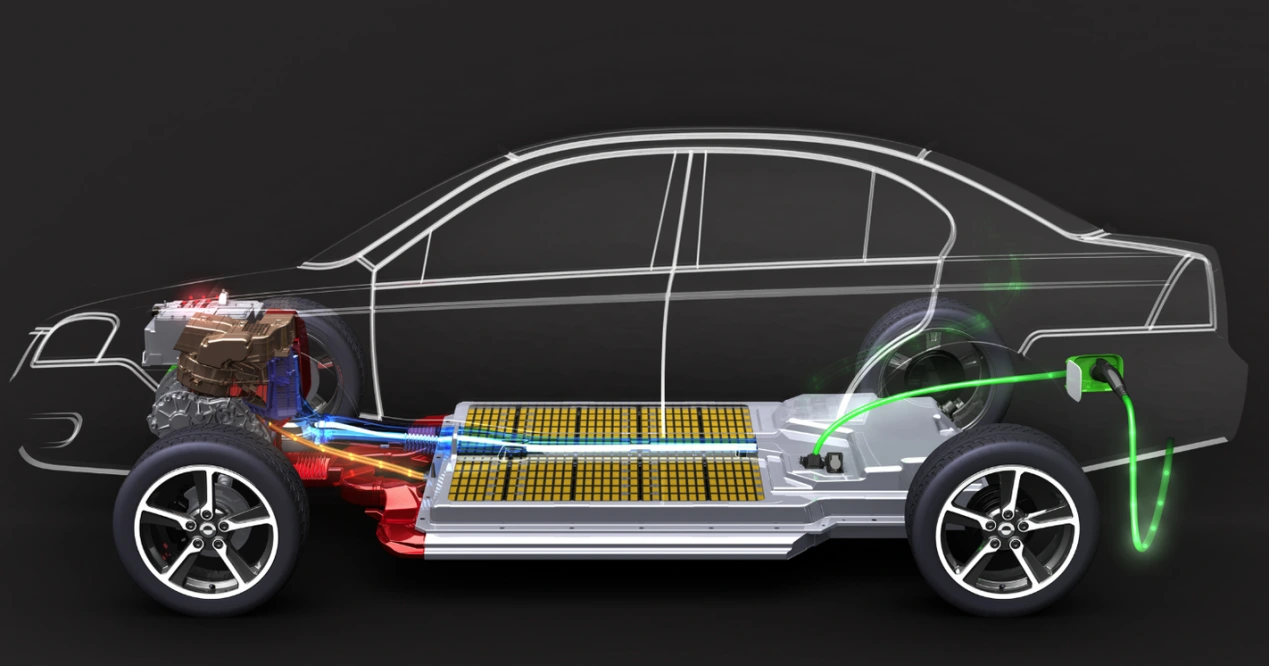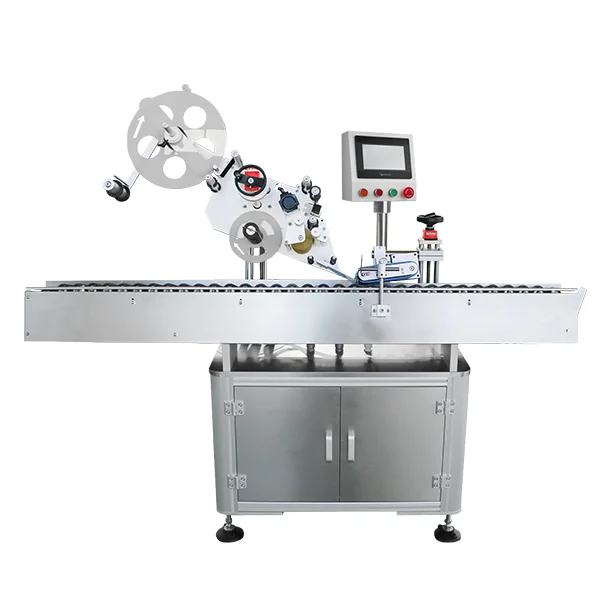In the fast-paced world of logistics and delivery services, selecting the right vehicle is crucial for operational efficiency, cost-effectiveness, and customer satisfaction. With the rise of e-commerce and the increasing demand for swift delivery solutions, businesses must carefully evaluate their vehicle options to ensure they meet the unique demands of their delivery operations. This article delves into the various types of vehicles available for delivery, their advantages and disadvantages, and key considerations to help businesses make informed decisions.
Understanding Delivery Requirements
Before diving into the specifics of vehicle types, it’s essential to understand the delivery requirements of your business. Factors such as the nature of the goods, delivery distances, frequency of deliveries, and target customer demographics play a significant role in determining the best vehicle. For instance, a business specializing in perishable goods may require refrigerated vans, while a company delivering furniture might need larger trucks with ample cargo space.
Types of Delivery Vehicles
- Vans
- Pros: Versatile and spacious, vans are ideal for urban deliveries. They offer a good balance between cargo capacity and maneuverability, making them suitable for navigating city streets.
- Cons: While they can carry a substantial load, vans may not be the best choice for heavier or bulkier items.
- Box Trucks
- Pros: Box trucks provide a larger cargo area and are perfect for transporting larger items or bulk deliveries. They often come with a lift gate, making loading and unloading easier.
- Cons: Their size can be a disadvantage in congested urban areas, and they may require a commercial driver’s license in some jurisdictions.
- Cargo Bikes
- Pros: For businesses focused on eco-friendly delivery solutions, cargo bikes are an excellent choice. They are ideal for short distances and can navigate through traffic with ease.
- Cons: Limited cargo capacity and range may restrict their use for larger deliveries.
- Electric Vehicles (EVs)
- Pros: With the growing emphasis on sustainability, electric delivery vehicles are becoming increasingly popular. They offer lower operating costs and reduced emissions, making them an attractive option for environmentally-conscious businesses.
- Cons: Range limitations and charging infrastructure can pose challenges, especially for long-distance deliveries.
- Pickup Trucks
- Pros: Pickup trucks are versatile and can handle a variety of cargo types. They are particularly useful for businesses that require off-road capabilities or need to transport equipment.
- Cons: Limited cargo space compared to larger vehicles and may not be suitable for bulk deliveries.
Key Considerations for Vehicle Selection
When determining which vehicle is best for delivery, businesses should consider the following factors:
- Cost Efficiency: Analyze the total cost of ownership, including purchase price, fuel efficiency, maintenance, and insurance. Electric vehicles, for instance, may have higher upfront costs but lower operating expenses.
- Cargo Capacity: Assess the typical size and weight of the items being delivered. Ensure that the chosen vehicle can accommodate these requirements without compromising safety or efficiency.
- Delivery Range: Consider the average distance of deliveries. For short urban routes, smaller vehicles may suffice, while long-haul deliveries may necessitate larger trucks.
- Regulatory Compliance: Be aware of local regulations regarding vehicle size, emissions, and licensing requirements. This is particularly important for businesses operating in urban areas with strict environmental policies.
- Brand Image: The type of vehicle used can impact your brand’s image. Eco-friendly vehicles may enhance your reputation among environmentally-conscious consumers, while modern, well-maintained vehicles can convey professionalism and reliability.
Conclusion
Choosing the right vehicle for delivery is a multifaceted decision that requires careful consideration of various factors, including operational needs, cost, and environmental impact. By understanding the strengths and weaknesses of different vehicle types and aligning them with your business requirements, you can optimize your delivery operations and enhance customer satisfaction. As the logistics landscape continues to evolve, staying informed about the latest vehicle technologies and trends will be essential for maintaining a competitive edge in the delivery market.


